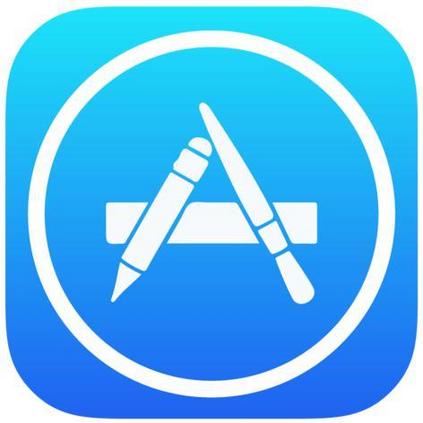In this technologically advanced era, with the proliferation of artificial intelligence, many mobile apps are available for plant disease detection, diagnosis, and treatment, each with a variety of features. These apps need to be categorized and reviewed following a proper framework that ensures their quality. This study aims to present an approach to evaluating plant disease detection mobile apps, this includes providing ratings of distinct features of the apps and insights into the exploitation of artificial intelligence used in plant disease detection. For this purpose, plant disease detection apps were searched in three prominent app stores using a set of keywords. A total of 606 apps were found and from them 17 relevant apps were identified based on inclusion and exclusion criteria. The selected apps were reviewed by three raters using our devised app rating scale. User comments from the app stores are collected and analyzed to understand their expectations and views. Following the rating procedure, most apps earned acceptable ratings in software quality characteristics such as aesthetics, usability, and performance, but gained poor ratings in AI-based advanced functionality, which is the key aspect of this study. However, most of the apps cannot be used as a complete solution to plant disease detection, diagnosis, and treatment. Only one app, Plantix - your crop doctor, could successfully identify plants from images, detect diseases, maintain a rich plant database, and suggest potential treatments for the disease presented. It also provides a community where plant lovers can communicate with each other to gain additional benefits. In general, all existing apps need to improve functionalities, user experience, and software quality. Therefore, a set of design considerations has been proposed for future app improvements.
翻译:在这个技术先进的时代,随着人工智能的激增,许多移动应用程序可用于植物疾病检测、诊断和治疗,每个应用程序都有各种各样的特点。这些应用程序需要按照确保质量的适当框架加以分类和审查。本研究旨在提出一种评价植物疾病检测移动应用程序的方法,其中包括对应用程序的不同特点进行评级,并对利用植物疾病检测中使用的人工智能进行深入了解。为此,利用一套关键词在三家著名应用程序商店中搜索了植物疾病检测应用程序。总共发现了606个应用程序,从它们中根据包容和排斥标准确定了17个相关应用程序。三个评级人利用我们设计的应用程序评级标准对选定应用程序进行了分类和审查。对应用程序用户的用户意见进行了收集和分析,以了解它们的期望和观点。根据评级程序,大多数应用程序在软件质量特征方面获得了可接受的评级,例如美学、可用性和性,但在基于AI的高级功能中,这是本研究的关键方面。然而,大多数应用程序无法用来作为完整的解决方案,用于检测植物疾病、诊断、系统诊断、系统诊断和系统治疗的每一项功能。只有一种方法才能用来从植物疾病检测、植物疾病诊断和治疗中推导出一种可能的系统。



